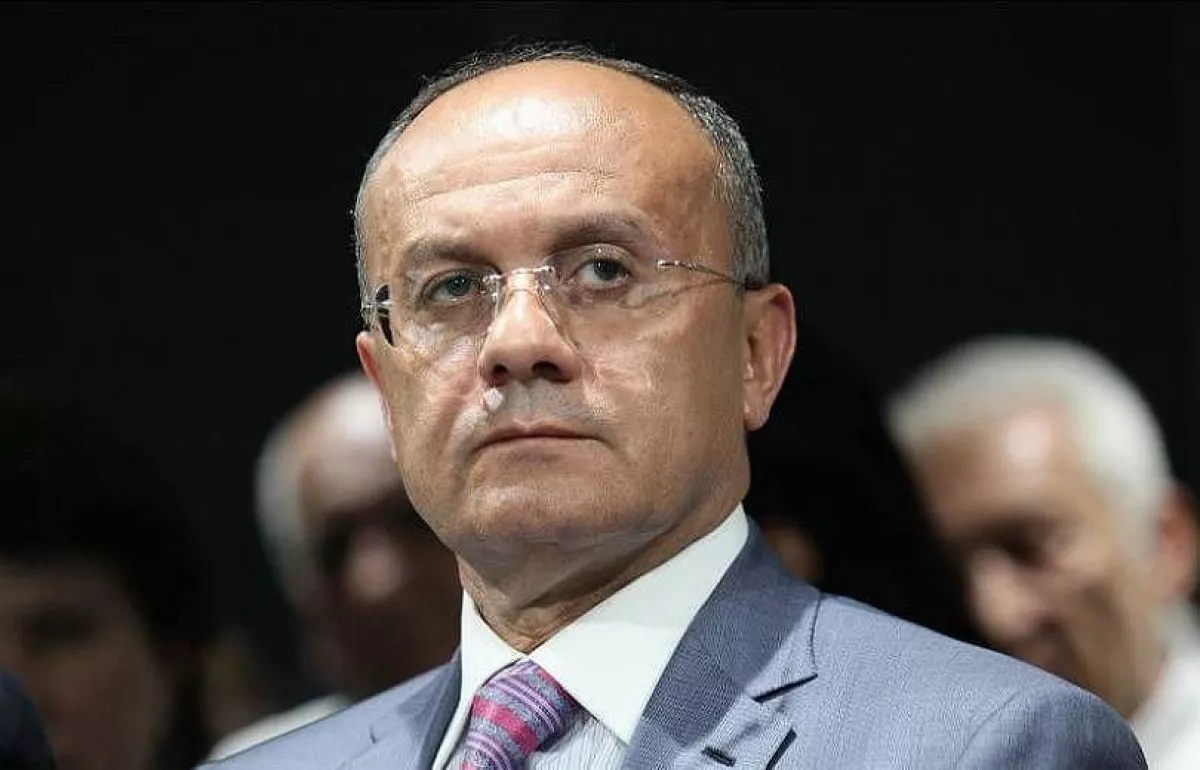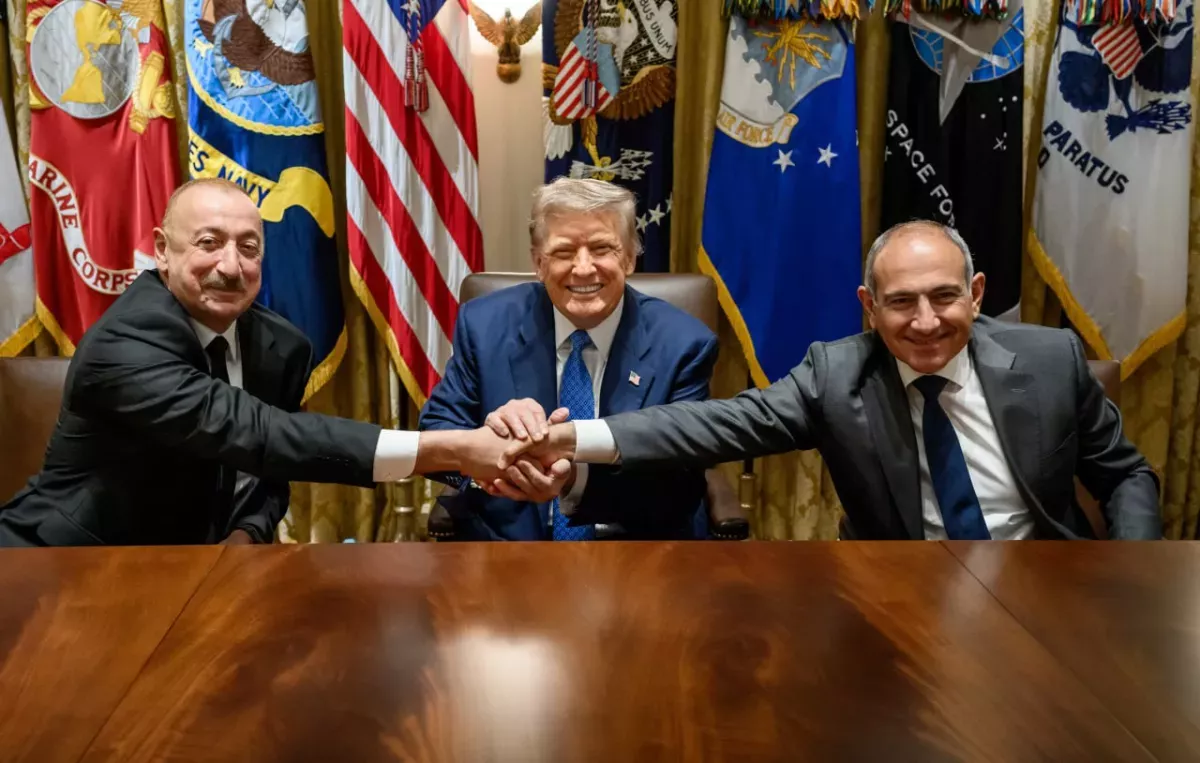Paraphing puts Armenian revanchist illusions to rest Why peace cannot be re-negotiated
Peaceful coexistence between neighbouring peoples is always a difficult path, requiring time, patience, and enormous effort from both states and societies. This is especially true when countries have spent many years in a state of conflict and have experienced two wars with each other.
Azerbaijan and Armenia are a striking example of this. For almost three decades, 20% of Azerbaijan’s territory was under Armenian occupation. Only as a result of the 44-day war in 2020 and the one-day anti-terrorist operation in September 2023 did the country fully restore its territorial integrity and sovereignty. It was Azerbaijan, as the victorious country, that proclaimed the beginning of an era of peace—both between the two states and in the region as a whole. Baku understood perfectly well that the road to peace would be difficult, but it was important and necessary to travel it. After careful consideration, the Armenian leadership realised that the alternative to peace was another war and wisely agreed to the peace agenda proposed by the Azerbaijani side.
On September 15, in his speech at the international conference “Comprehensive Security and Resilience – 2025,” Prime Minister Nikol Pashinyan stated:
"Armenia has never been safer than it is today. If in the spring I said that there would be no war between Armenia and Azerbaijan—that there would be peace—then now I want to declare that from this moment on, there is peace between Armenia and Azerbaijan."
Unfortunately, not everyone in Armenia is committed to peace. For instance, former Defence Minister Seyran Ohanyan decided to make himself heard, declaring that the opposition faction “Armenia,” if it comes to power, would “re-negotiate” the terms of the peace agreement with Azerbaijan. In doing so, he engaged in a bitter confrontation with common sense, “denying” reports that the opposition, if it comes to power, intends to jeopardise the peace agenda in the region.

We will take the liberty of giving him a brief explanation. Paraphing is the placing of initials—a short mark, or paraph—on each page or beneath the text of a document to indicate that the participants have agreed on that version and intend for it to serve as the final draft for subsequent signing.
A paraph serves two main purposes: it protects a multi-page document from tampering or page replacement, and it records that the parties have agreed on the content before the official (full) signing. Once authenticated in this way, the text cannot be altered unilaterally.
In other words, there can be no “re-negotiation” of the peace agreement between Azerbaijan and Armenia. The paraphing of this agreement took place in the presence of both leaders, Ilham Aliyev and Nikol Pashinyan, as well as U.S. President Donald Trump, in the world’s number-one office. Under these circumstances, the agreement is final and binding.

We can only hope that one day this obvious truth reaches Ohanyan, who dreams of “revenge” while holding the status of a person stripped of parliamentary immunity by the Armenian parliament this past summer. Since then, Ohanyan has been completely exposed, unable to hide behind a parliamentary mandate as a fig leaf. He will now have to answer in an Armenian court for the illegal appropriation of 10,500 square metres of land in the Drakhtik community of the Gegharkunik region between 2010 and 2015.
Although, from the standpoint of higher justice, he should not be sitting as a defendant in Armenia at all, but in Azerbaijan. In November 2020, the Baku Military Court issued a decision for his arrest in absentia and placed Ohanyan on the international wanted list. He is accused of committing serious crimes under Articles 103 (Genocide) and 107 (Deportation or Forced Resettlement of the Population) of the Criminal Code of the Republic of Azerbaijan.
The Azerbaijani side has well-founded grounds to assert that the former minister was a direct participant in the massacre of Azerbaijanis in Khojaly on the night of February 25–26, 1992, and that under his leadership (alongside other Armenian leaders of the time) military crimes were committed, including the destruction of the city of Aghdam.
So, for Seyran Ohanyan, the courtroom bench in both Armenia and Azerbaijan has long been calling. And that prospect seems far more realistic to him than “re-negotiating” a paraphed peace agreement between Azerbaijan and Armenia.








